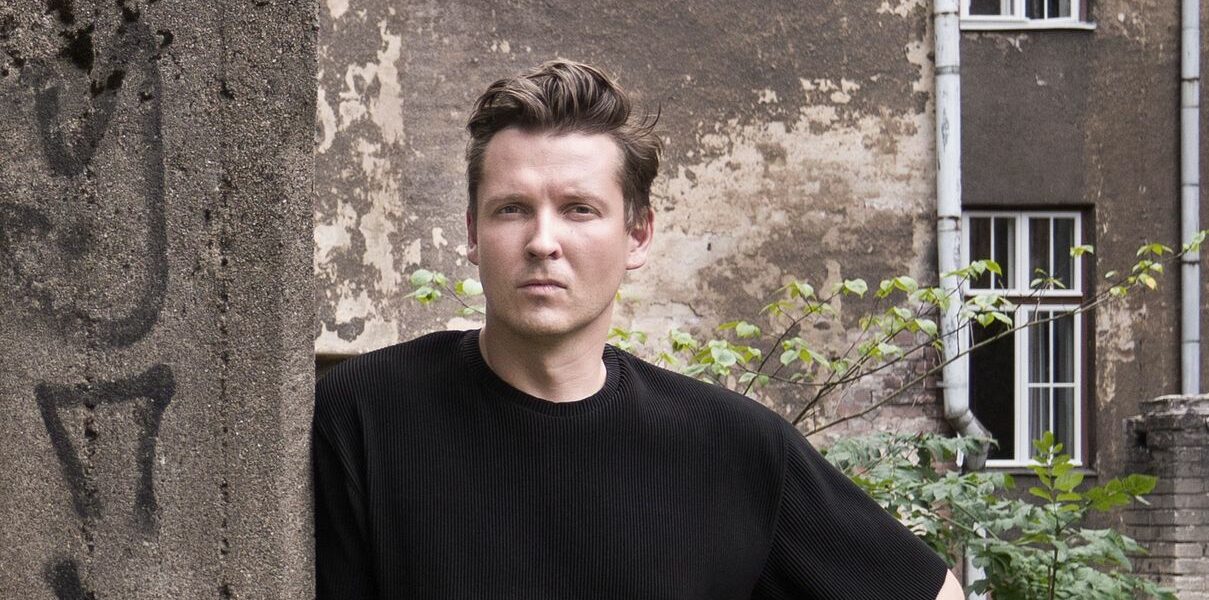
Foto: Vahur Puik
The series of open lectures of the Faculty of Architecture revolves around similarities this spring – young architects from Latvia and Lithuania are coming to Tallinn. We are trying to pinpoint the root pattern of the Baltic spatial culture, asking how our neighbours are doing, planning and building onto a similar built environment and history. Behind the selection of speakers and the topic “Close Enough”, is one of the two curators of the lecture series, Johan Tali – a doctoral student at EKA as well as a founding member of Molumba architecture bureau.
Why is it important for an architecture student to hear and find out what the young architects in the region are doing – why did you choose a local focus for spring 2022?
There is a growing perception that what we are doing in this area is indeed unique and one that cannot be repeated 1:1 elsewhere. In this way, Baltic spatial culture is different by its DNA from, for example, Finnish or Norwegian architecture. This can already be seen in the work of the architectural offices in our area. One of the rules of the open lecture series has been that there are no Estonian speakers, but with “Close enough” we take the first peek at architecture that was born from similar basis as what we do in Estonia. On the other hand, it also helps us to understand the extent of the cultural space that is recognizable to us. Is there anything inherently recognizable, architecturally speaking, in Helsinki or St. Petersburg?
What could students in other fields besides architecture gain from these lectures?
Till now, the selection of speakers of the lecture series has been the absolute best-in-trade in the world of architecture – often such high fliers that it might even be somewhat difficult for the audience to put what they hear in the context of their own spatial realities. This time we try the other way around – this spring, our speakers are more recognizably bundled with similar issues as we are, every day in our creative work in Estonia. This more accurate sense of regional context should be of interest regardless of the creative field.
Give one suggestion on where to get the best news about Latvian or Lithuanian architecture? What would you recommend to watch, listen to, read?
One important information channel is the magazine Projekt Baltia, which beautifully summarizes the architecture from along the Baltic Sea. It is also worth keeping an eye on the results of major architectural competitions in the region: i.e. Latvians have participated in architectural competitions in Estonia quite well, for example, Lauder Architects together with Tõnu Laanemäe won the competition for Sillamäe School. The same office was recently recognized by our National Heritage Board for the extension of the Valga Priimetsa School.
Which city in this area should you go to see the most exciting works of the architects there at the moment? Do they even come to life on paper?
If you really want to untangle the region comparatively, it is worth going through all the capitals. Compare contemporary art museums, the best urban space, hipster quarters, etc. The common denominators you start spotting are quite organic. It is then up to each individual to decide whether it is an internationally universal or place-based handwriting.
If you were to compare the architectural landscapes of Estonia, Latvia and Lithuania, what are the biggest differences today and what are the similarities?
As a city, Riga is very different from, for example, Tallinn or Vilnius. I dare say that there is a sense of a dormant metropolis. In return, Vilnius and Tallinn have taken a bolder leap towards a more modern city, power drilling through much of their history with all the innovation. But it is this history that binds us, both the centuries-old history and the more recent history of the end of the Soviet era. From this perspective, it is even appropriate to compare us to St. Petersburg, which is a real metropolis for the region.
Read more about the 3 open lecture evenings of the Spring semester here.
